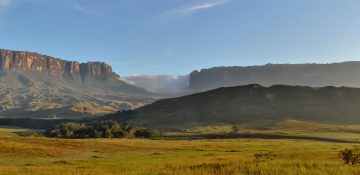
Canaima National Park in the southeastern part of Venezuela is a 3 million ha UNESCO world heritage site. 65% of the park is covered by mountain formations bordering Brazil and Guyana. The park has an equatorial climate with as much as 4,000 mm of rainfall every year. Source: Photo by Paolo Costa Baldi / License: GFDL/CC-BY-SA 3.0
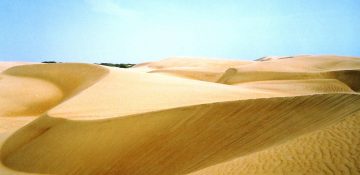
Sand dunes up to 40m high can be found in Medanos de Coro on the north coast of Venezuela. Source: Flickr / SarahTz

Venezuela has the largest proven oil reserve in the world. 99% of its export earnings are from oil, contributing largely to the national income. Changes in oil prices have a massive impact on Venezuela’s economy. In addition, oil production has fallen rapidly since 2012 following sanctions from the US government, who were the main importer. Source: Flickr / L.C. Nøttaasen
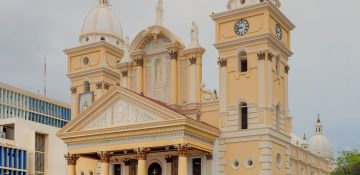
The over 300-year old Basilica de la Chinita is one of the most popular churches in Maracaibo City. 96% of Venezuela’s population is Catholic. Source: Wikimedia Commons / Wilfredo Rodriguez
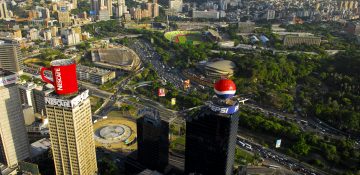
Caracas is the largest city and capital of Venezuela. 89% of Venezuela’s population live in urban areas. With the current economic and political situation, major cities like Caracas experience food shortages. This brings further challenges in terms of health and other social services. Source: Wikimedia Commons / Paulino Moran
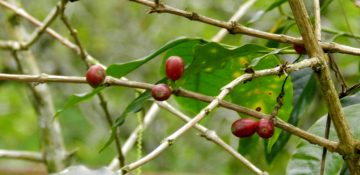
Coffee is one of the main crops grown in Venezuela and used to be a major export. Venezuela now imports 70% of its food and agricultural products – including coffee. However, the decline in profits from the oil industry has led to food shortages, corruption and food not reaching the poor. 12% of Venezuelans are malnourished. Source: Wikimedia Commons / Juan Carlo Castillo Ortega
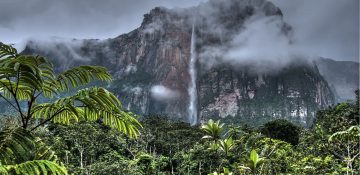
More than half of Venezuela is covered by forests. Since 1999, Venezuela has gone from a country where deforestation and land use change accounted for considerable greenhouse gas emissions, to one where the forests are absorbing greenhouse gases. Source: Flickr / Iñaki Lopez
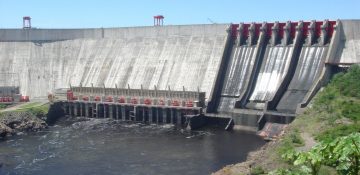
Venezuela’s hydroelectric schemes currently meet 70% of its electricity needs. However, this is highly dependent on rainfall. During El Niño events, where there is far less rainfall, power cuts become frequent. Power cuts can lead to drinking water shortages. Source: Wikimedia Commons / Fadi

Venezuela has a rich terrestrial and marine biodiversity and therefore has a wide variety of ecosystems vulnerable to climate change. Source: Wikimedia Commons / Berrucomons
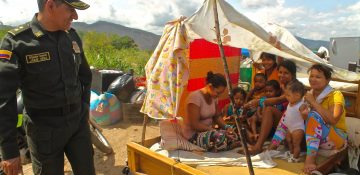
Venezuela has been in a socioeconomic and politial crisis since 2010. 94% of people live in poverty. Starvation, disease and poverty have led to over 3 million people leaving the country. One quarter of Venezuelans need humanitarian aid. Source: Wikimedia Commons/ National Police of Colombia
© 2024 Royal Meteorological Society
RMetS is a registered charity No. 208222